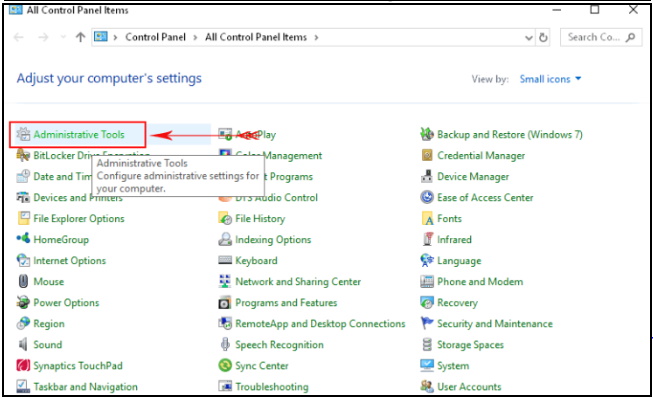
- #Hoq to open syncplay config how to#
- #Hoq to open syncplay config install#
- #Hoq to open syncplay config software#
#Hoq to open syncplay config how to#
How to find my IP address on Ubuntu 20.04 Focal Fossa Linux.

#Hoq to open syncplay config install#
How to install the NVIDIA drivers on Ubuntu 20.04 Focal Fossa Linux.To see a list of installed Snap packages on your system, execute the following command in terminal.

#Hoq to open syncplay config software#
It works independently of apt, so uninstalling software that was installed as a Snap package will require a separate command. The Snap package manager is somewhat new but it’s part of all newer versions of Ubuntu. You can do this either after removing a package or instead of removing a package (purging automatically implies removing as well).
To remove those as well, you need to “purge” the package. Any of the above commands will remove the specified package, but they will leave behind configuration files, and in some cases, other files that were associated with the package. Once you have the name of the package, use apt or one of the other commands to remove it. To enable a module from the command line, enter the command below followed by the module’s name to enable. However, you can use the command-line utility, which removes the need to edit the configuration file. One way to enable and disable modules for the Ligttpd server is to edit the configuration file. You can learn more by checking the documentation. The above are some common HTTP parse options for the Lighttpd server. url-path-dotseg-remove – if enabled, the server will resolve and remove the. This is useful when you are running the server on a Windows machine. url-path-backslash-trans – if this option is enabled, the server will translate a backslash to a forward slash. However, it limits the max characters in an HTTP request Host header. host-strict – this option is similar to header-strict. header-strict – if enabled, this option defines the maximum number of characters allowed in an HTTP request header. Server.http-parseopts = ( "option-name" = > "enable". The values in this block follow a syntax as shown below: The next block are HTTP parse request options. server.max-connections – defines the maximum number of synchronized connections. By default, the server will bind to all addresses. server.bind – specifies the IP address or hostname on which the server will listen. server.errorlog – sets the path to the error log file.Īlthough not enabled by default, you can add the following settings to modify various settings for the server. oupname – the group of the user for managing the server. If not specified, it defaults to the root user. ername – specifies the username for starting and stopping the server. server.port – the default listen port for the webserver. server.document-root – Defines the default document root for your web server. Most of these settings are straightforward and descriptive. The server will load each enabled module in the order it appears.Īfter the server.modules block comes to a list of settings that modify the behavior of the webserver. Adding a # sign will comment out the line, which will be ignored when the server starts. To disable a module, add a pound sign (#) at the start of the module name. You enable a module by adding it to the list separated by commas. 
This module contains a list of server modules that are applied during server startup. The Lighttpd configuration file starts with the server.modules block.







 0 kommentar(er)
0 kommentar(er)
